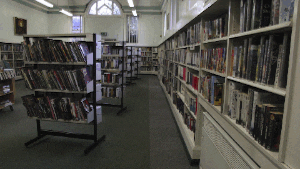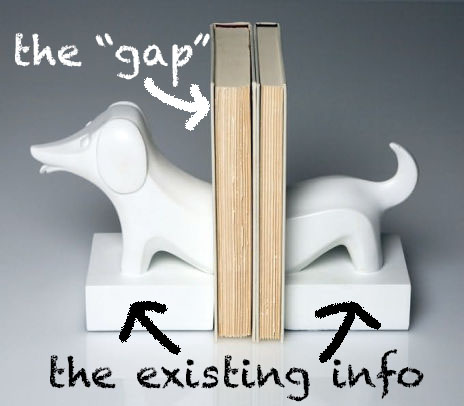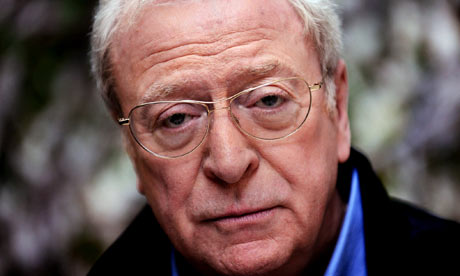
Source: Giphy
Alright, so I’ve been talking about the archives, about research, about research skills, and undergraduates for a while now. I’m sure for anyone reading this, you’ve might have gotten bored with the whole “Wow, archives! Wow, undergrads! Wow, no information!” song and dance. But, please stick it out a little (actually, probably a lot) longer, for me? Thanks in advance.
Okay, so, we were asked by our professor (the whole class, that’s the ‘we’), to explain the “territory” (the subject) of our research and the gaps (literally, the gaps in knowledge) that we had observed when reading various sources for research purposes. Recap: I have been reading long articles, and trying very hard to finish homework up for this class, a bit unsuccessfully because I’m one or two annotated citations behind. But I digress.

Original Image: Barnes&Noble
Edited Image: K. Harada
The “territory” that I’ve been exploring is the realm of dusty books, the archives! Big surprise right? More specifically, I’ve explored the field of archival research and the available methods/methodology written accounts created by researchers. Furthermore though, I’ve also broadened this territory to include the modern day research methods which students are more exposed to, or the methods which are directed at students. The latter is more to illustrate the extent of the ‘undergrad desert’ that I have observed in archival research literature.
And it is this ‘undergrad desert’ that acts as my “gaps in knowledge”. The gaps that I’m seeing are the same that I saw before, which come as no great surprise. There is a lack of archival research literature, it appears that no researchers had really thought about writing down their processes. But furthermore, it seems like researchers never gave the thought of student research the time of day. Archival research literature almost entirely neglects to include undergraduates, focusing more on academics and graduate students. And even when research skill literature does focus on undergrads, often these skills are not explicitly related to the archives/they don’t provide the instruction needed for archival research.
So, I’m therefore planning on further staking it out in the ‘undergrad desert’, and expanding on how this desert might be crossed.









